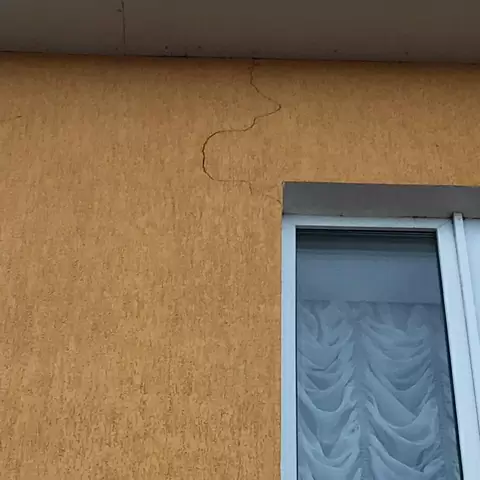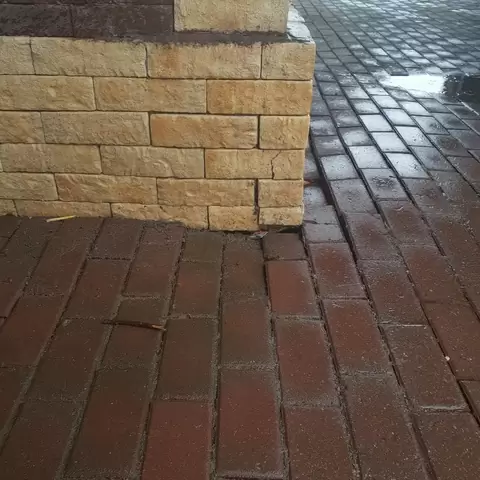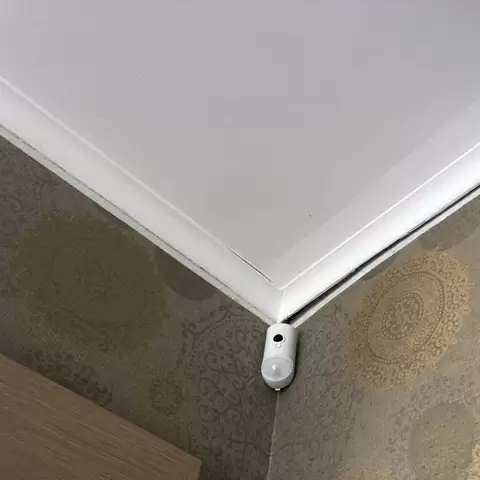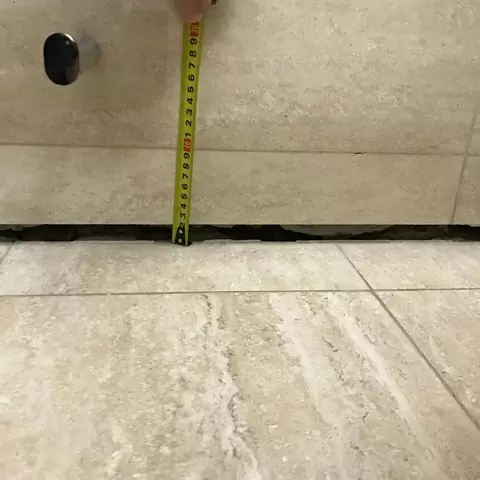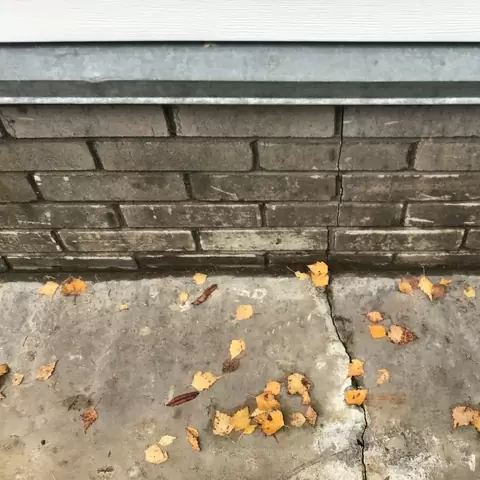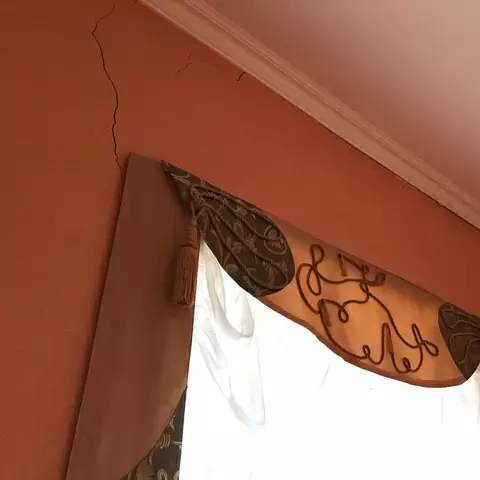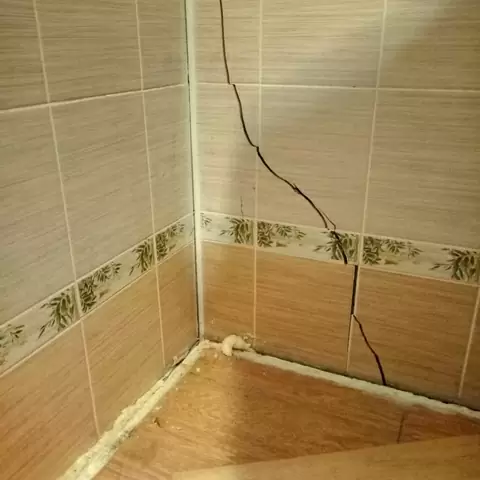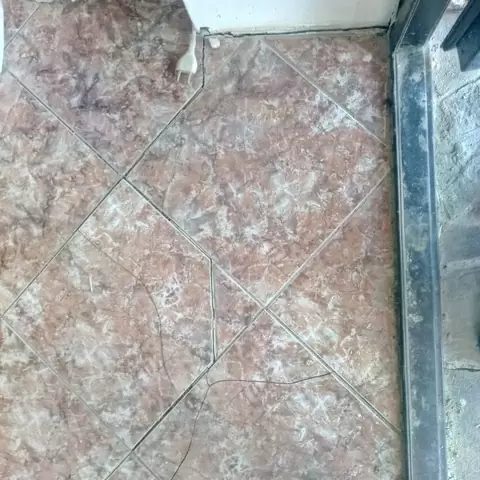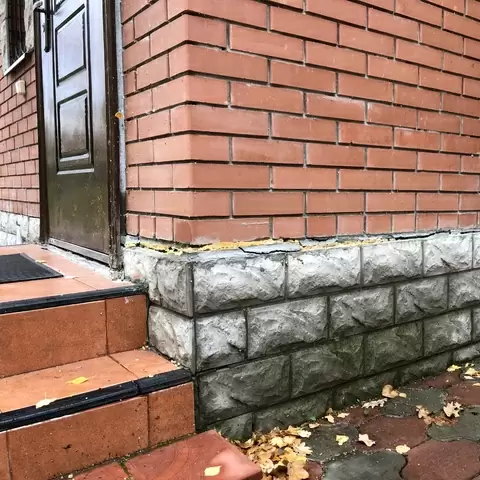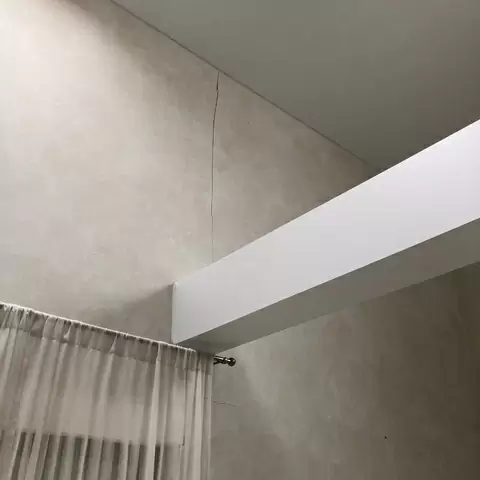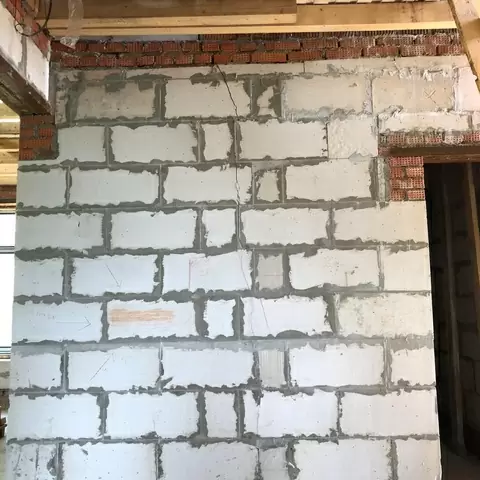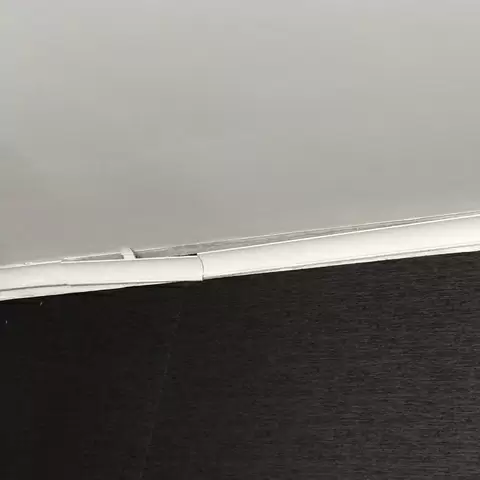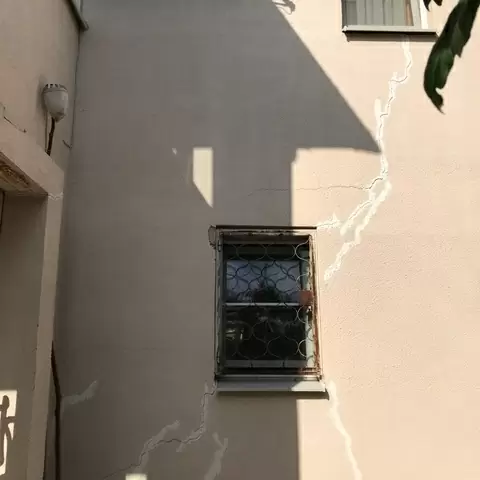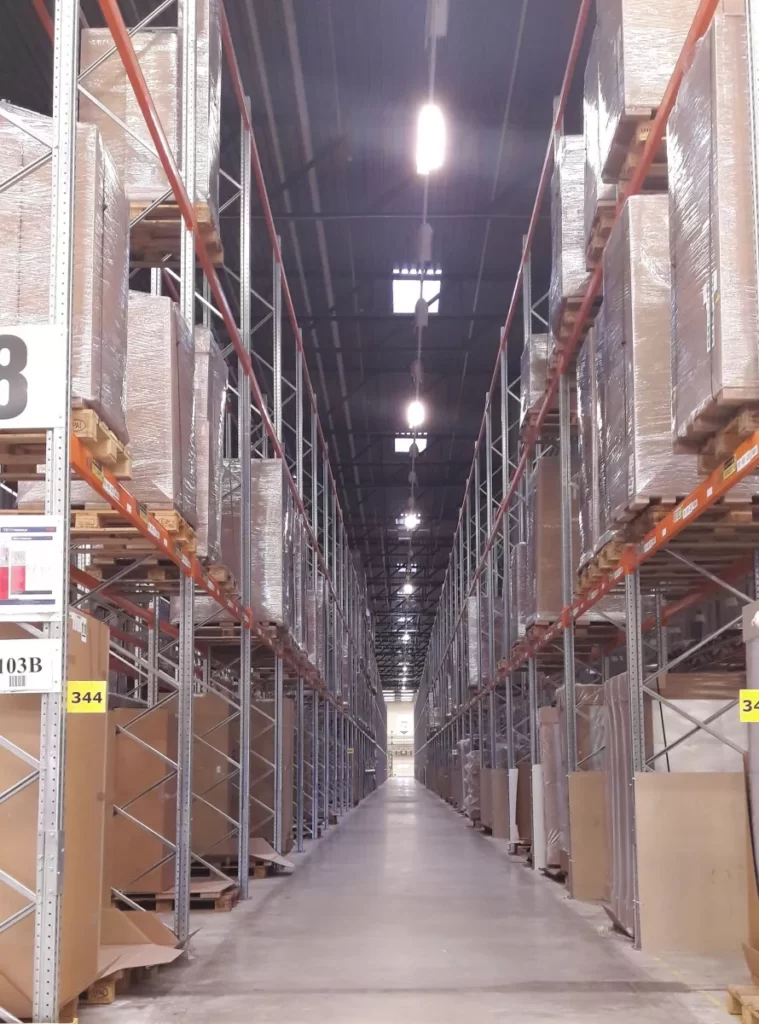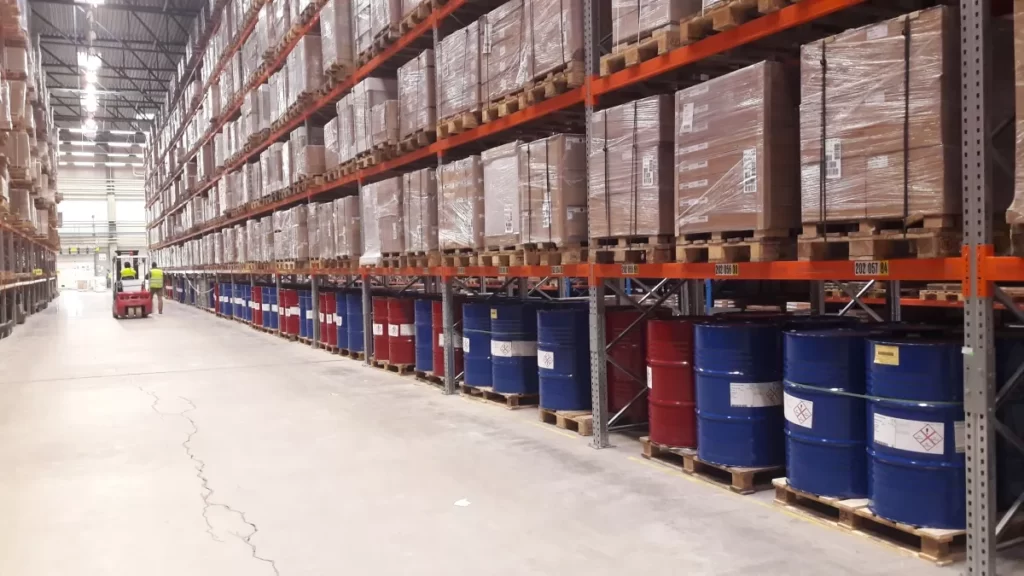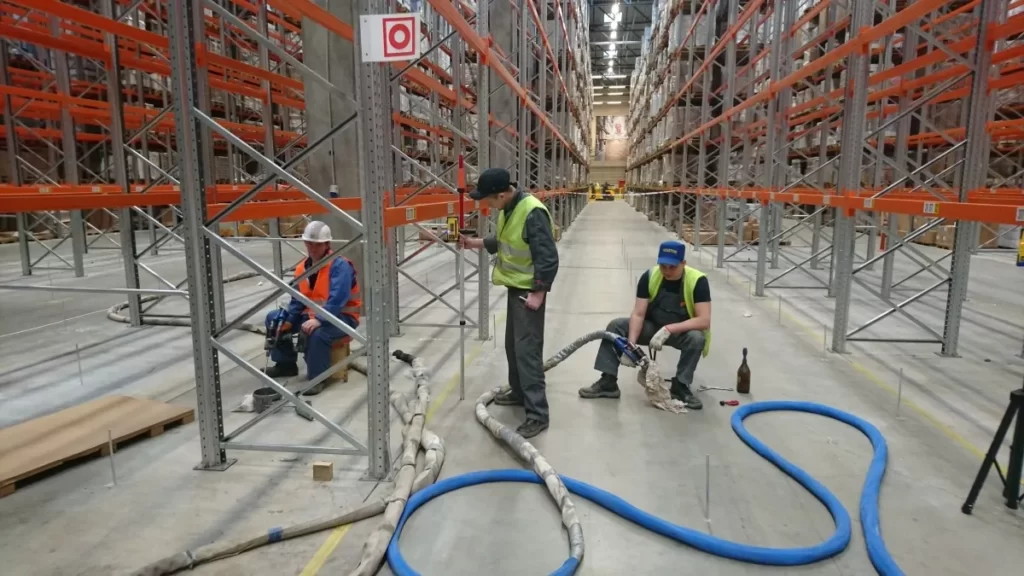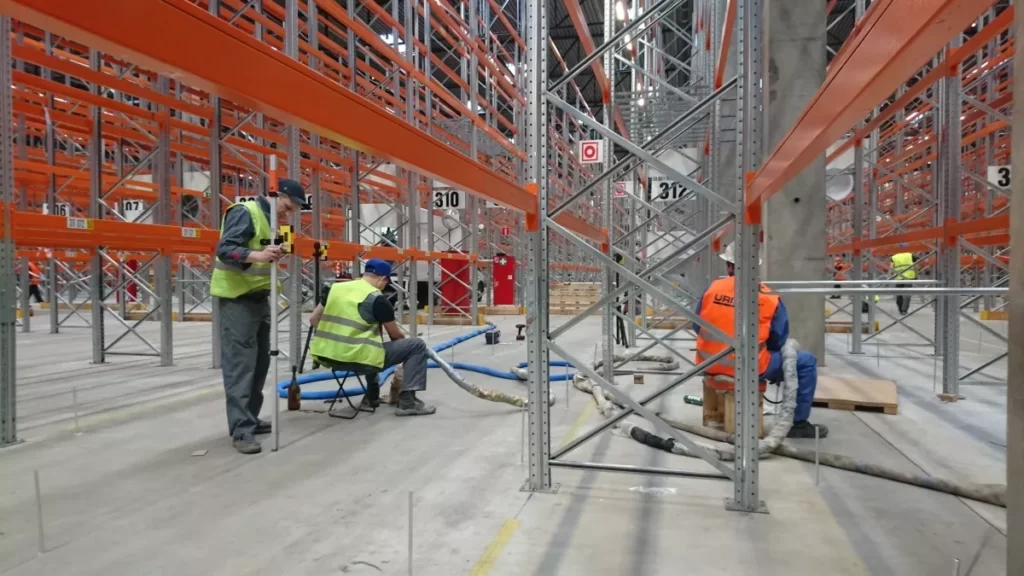During the operation, the building’s base is subject to a variety of external influences. Therefore, over the course of time, the performance characteristics of the building differ significantly from those specified in the design. Timely diagnostics and elimination of damages by repairing and strengthening the base and reinforcing the foundation can significantly prolong the service life of the building.
What can cause the foundation destruction
Destruction and changes in the bearing capacity of the base can be caused by various reasons. The main ones include:
- 1. Changes in the properties of the soil on which the building stands, which over time leads to the base deformation and destruction.
- 2. Insufficient foundation depth. If the foundation is not sunk deep enough into the ground, the base may not have the necessary load-bearing capacity to support the building and will gradually sag.
- 3. Improper drainage and waterproofing. If the foundation is not protected against the external effects of moisture, over time water will get inside the foundation structure, destroying the reinforcement and concrete. Also accumulation of water inside the foundation may cause increased pressure on the walls, which in turn leads to cracks in the walls and disrupts the foundation integrity.
- 4. Adverse natural factors such as earthquakes, hurricanes or floods.
- 5. Incorrect design or construction. In this case, the base may not provide sufficient load-bearing capacity and may cause the building to collapse.
- 6. Any mechanical damage such as cracks, deformations or voids in the base soil.
- 7. Vibrations. If a building is close to a source of vibration, such as traffic arteries, this can have a destructive effect on the building’s base.
Main technologies for strengthening buildings’ foundations
Today there are several technologies and methods for strengthening buildings’ foundations. Among them are:
- 1. Strengthening by joint grouting in masonry. It is used to fill the voids formed in the joints of masonry and to remove non-significant damages to the foundation material.
- 2. In cases of more severe damage to the base material, the method of partial replacement of the foundation masonry is used to reinforce them.
- 3. Concrete encasement. This method consists in adding a new layer of concrete to the surface of the foundation. This is done by removing the top layer of damaged concrete and then adding a new layer that gives the structure extra strength.
- 4. Reinforced concrete collars can be used to reinforce foundations with or without base widening. The non-widening method is used when the basement is significantly damaged and does not increase the load on the foundation substantially. The method with base widening is used when the foundation has insufficient load-bearing capacity or the load on the foundation needs to be increased.
- 5. Foundations can be reinforced by placing additional supports — foundations such as slabs, columns or reinforced concrete beams — under them. The use of slabs is suitable in cases where the foundation needs to be widened and the embedment depth increased. Pyllers are used when an existing foundation needs to be unloaded. Walls can be used in the same way as pillars.
- 6. Piling. This method is used to reinforce foundations that are built on weak soils. In this case, metal or concrete piles are floated, which provide additional support.
- 7. Foundations can be reconstructed from post foundations to strip foundations or from strip foundations to slab foundations. This method is used if there are significant uneven base deformations, changes in the magnitude of loads or installation of additional equipment, changes in the structural scheme of the building or structure, or if the stiffness of the building needs to be significantly increased.
- 8. Chemical consolidation. This is a method of strengthening the structure of buildings foundations’ that uses special polymer compositions. These compositions are liquid mixtures that harden under the influence of air. The injection process starts by identifying where the integrity of the foundation is compromised. Then special holes are made in these areas, through which the polymer composition is injected. The compound gets into the cracks and pores of the foundation and hardens to form a reinforced structure. The main advantage of polymer injection is its effectiveness. Polymers are highly durable and resistant to water, chemicals and UV radiation. In addition, this method makes it possible to strengthen the foundation without having to remove walls or other structures, which saves time and reduces repair costs.
In order to choose the right method of foundation strengthening, it is necessary to carry out a diagnostics and determine the cause of foundation damage.
Key steps in foundation repair and reinforcement
The main steps in foundation repair and reinforcement are:
- 1. Diagnostics and assessment of the foundation’s condition. At this stage an inspection of the foundation is carried out, visible deformations are identified and the measurements needed to assess the condition of the foundation are taken.
- 2. Work planning. After diagnostics and assessment of the foundation’s condition, a work plan is drawn up; the best methods of foundation strengthening are selected; the amount of work and necessary materials are determined.
- 3. Preparatory work. The working area is prepared at this stage, including the removal of damaged structures, if necessary.
- 4. Foundation strengthening. At this stage, the methods selected in the work planning stage are applied for foundation stabilization.
- 5. Filling of cracks. If in the process of the foundation strengthening it is found out that there are cracks, they are expanded and covered with a special compound.
- 6. Final Inspection. After the work is completed, a final inspection of the foundation is conducted to ensure its reliability and quality of work.
It is important to note that every foundation repair is unique and may require an individual approach depending on the specific conditions and the nature of damage. Therefore, a comprehensive inspection should be carried out and a detailed work plan drawn up before the repair begins.
Frequently asked questions
When is it necessary to strengthen the foundations of a house?
Foundation repair and reinforcement are carried out when:
- ·when a new building is built on an existing foundation;
- ·addition of new structures, for example, if there are plans to add floors to an existing building;
- ·changes soils features over time;
- ·when a building is renovated, including major repairs or reconstruction;
- ·external signs of foundation damage;
- ·emergency condition of the building.
How to strengthen the foundation of an administrative building?
Strengthening the administrative building base may be necessary if the foundation is damaged or if its load-bearing capacity needs to be increased with additional loads. Depending on the nature of the damage and condition of the foundations, different methods of strengthening may be applied.
Before reinforcing the foundations of the administrative building, diagnose the condition of the foundation and draw up a work plan in order to select the best method of strengthening and ensure the safety of the work. It is also important to make sure that the contractor is qualified and that good quality materials are used to reinforce the base.
Advantages of Georesin
Georesin is a company with long experience and highly qualified staff that provides repair and strengthening services for foundations using geopolymer materials according to the technological charts developed and approved in Europe and the CIS. We guarantee a professional and efficient approach to work, while paying particular attention to environmental aspects. Addressing us, you can be sure that problems with foundations will not occur again in the future.


